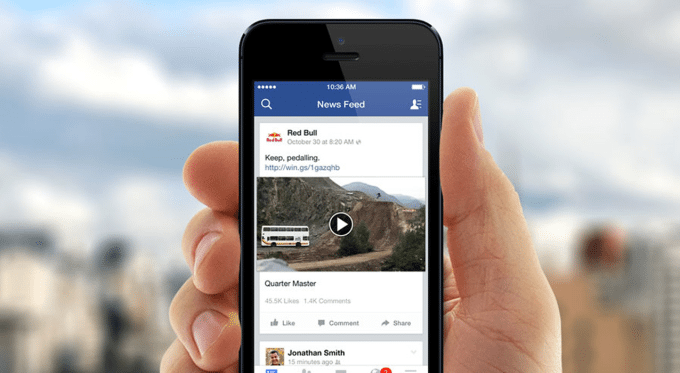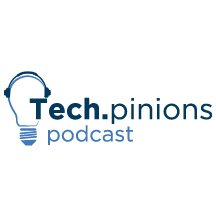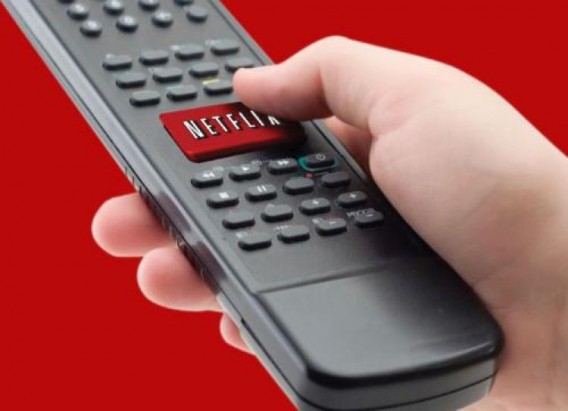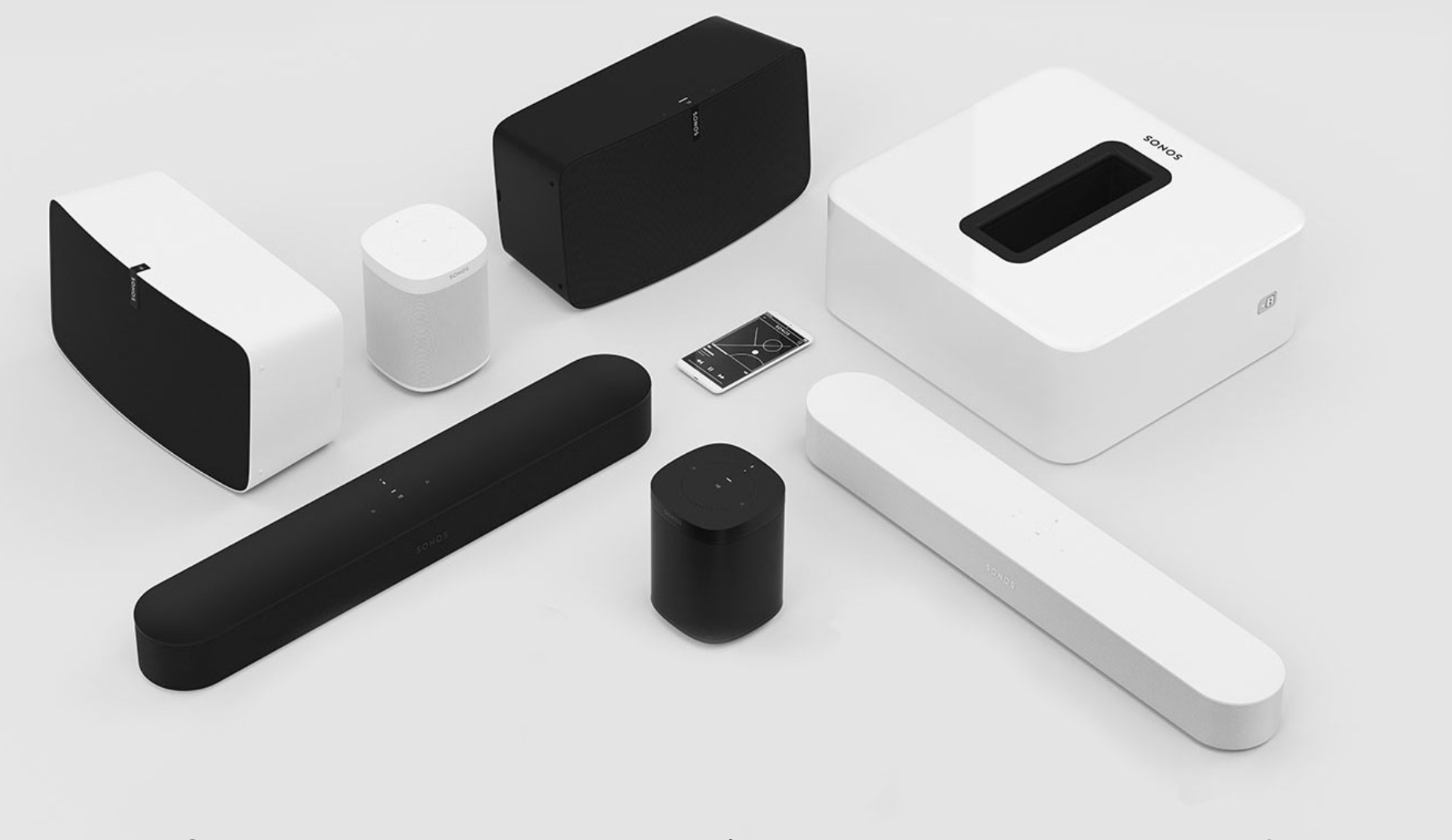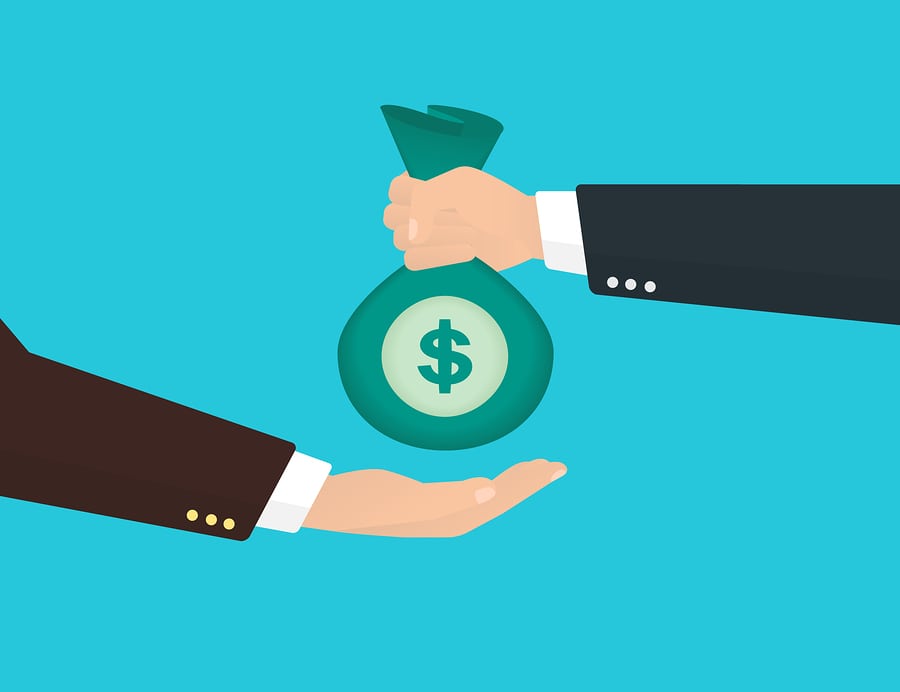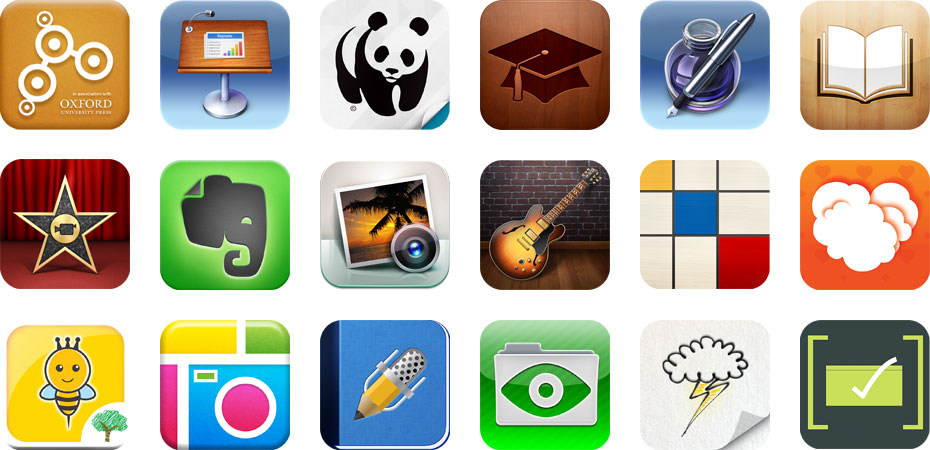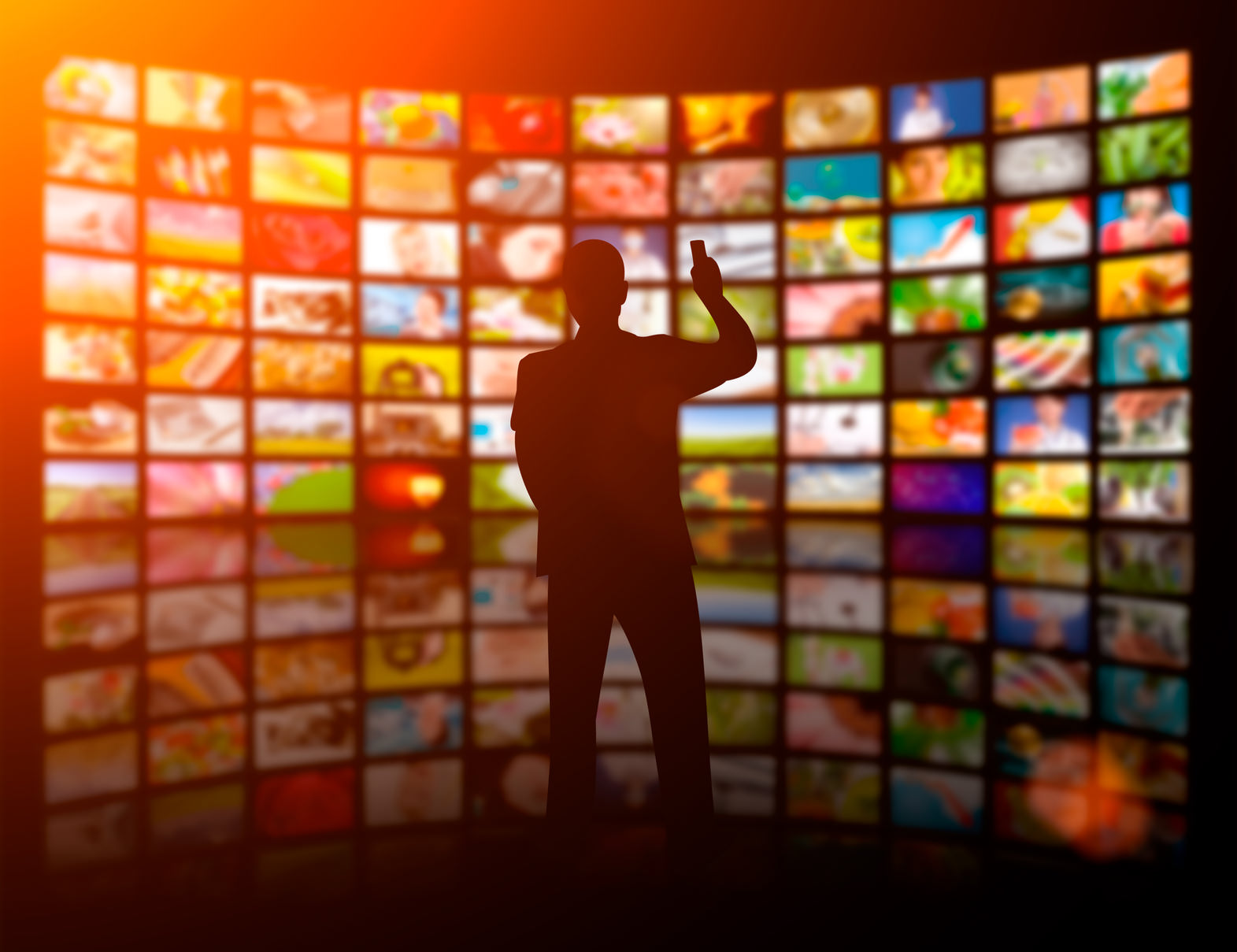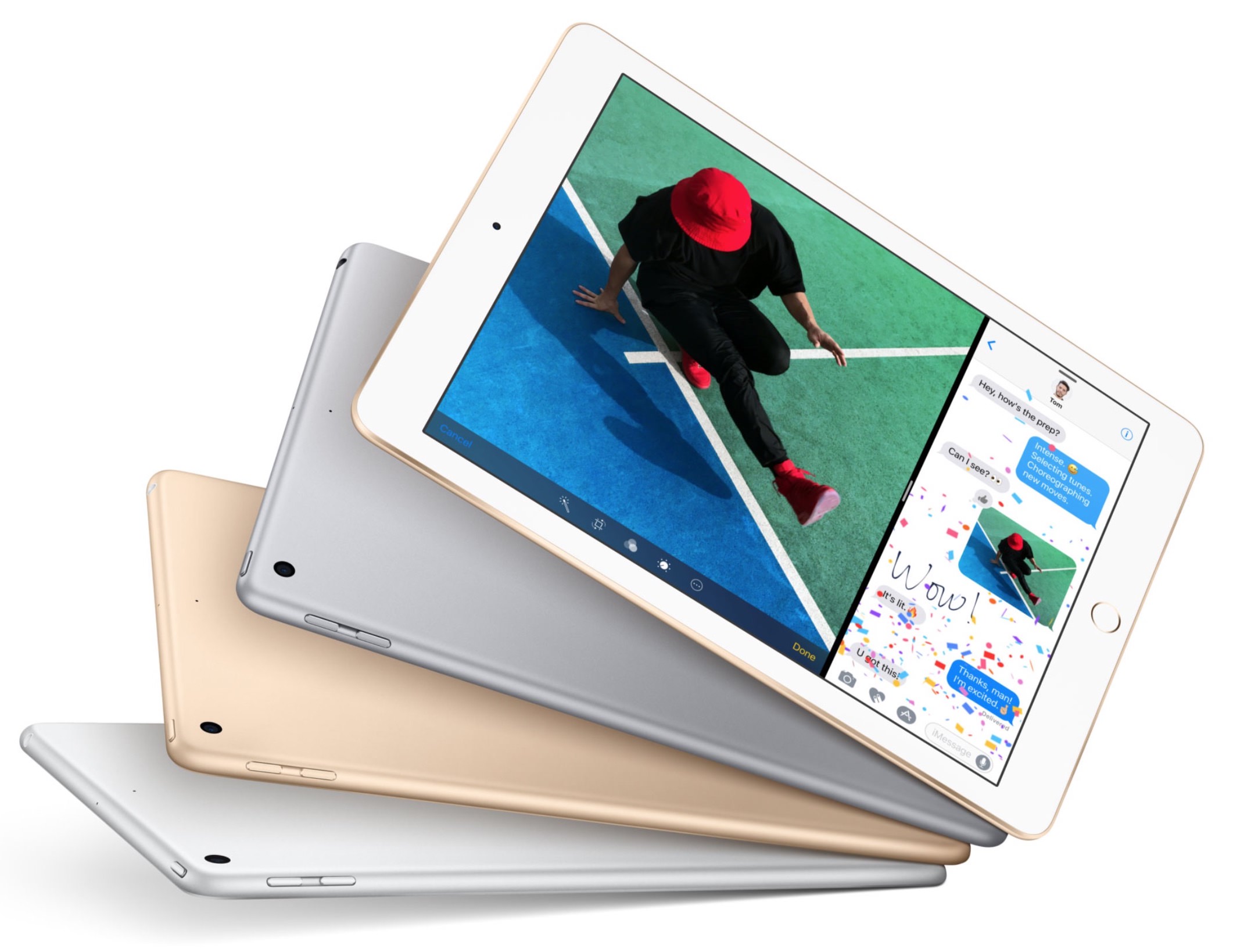A few years ago, I wrote an article called “when the easy growth is over.” I slightly regret the title because no growth is easy and we should applaud companies who do tap into the current and scale their businesses because it is not easy. However, my article was more to the point about the industry S-curve growth cycles, and while we are in an S-curve of growth, it is the time companies can scale quickly and are faced with fewer obstacles once they tap into the growth current that happens during an S-curve.
Few companies reaped the benefits more of the Internet’s growth curve than Facebook and Google. Both companies bottom lines were tied directly to the rapid growth of new internet users, and new devices are leveraging the Internet on an annual basis.
In a somewhat related category, few companies benefited more than Samsung and Apple when it came to the S-curve of the smartphone market. These two companies combine to ship more than half a billion smartphones every year.
But the current gloom and doom being talked about in investor circles ties into a broad tech industry theme that is settling in–slowing growth.
It seems that after the last few weeks of earnings, the common theme is how most hyper-scale companies growth is over. Modest growth is the new normal, and certain companies are better positioned than others to deal with the realities of living in a post-S-curve growth cycle.
In my article, I dug into the things a company can do once growth slows. The biggest being raising their average revenue per user. ARPU can generally be raised with new products and services and mergers and acquisitions. In a recent analysis, I did on a few of the big ecosystems of tech companies; it seemed that the stronger the ecosystem of a company the easier it was for them to deal with growth slowing and raise ARPU within their customer base.
While I do think ad-funded businesses models may be hit harder during slowing growth as well as companies who don’t have diversified businesses and multiple revenue streams. But even those businesses are not isolated.
Samsung is the latest company to have slowing growth in a sector hit their earnings. Samsung’s earnings miss as largely driven by their mobile unit as the overall smartphone market has slowed, premium priced devices specifically, and Samsung’s ASP declined as the bulk of their smartphone sales was even more skewed to the low-end than usual. Samsung is a good example of a resilient business with multiple revenue streams, their components business in particular which had a strong quarter and guided strongly for the end of the year with memory and displays looking to do particularly well.
While Facebook, Twitter, and Snap, go through their challenges with slowing growth, it has been interesting to watch Google diversify and start to see things like YouTube and Google Cloud Platform begin to help diversify their revenue, so they don’t have to lean on search and ad-word adverting as much.
It is interesting to discuss these companies which are US based companies, and operate globally in most cases except China, but we do have to make a few points about China when we talk about global tech industry growth.
China is a market I watch closely, and there are some parallels between western business growth cases that apply to China and others where there are no comparable business learnings. In many ways, China is a microcosm of itself and evolved as a technological society quite differently than many other countries. Because of that evolution, that is unique to China; it is hard to use some of the massive business success happening there for ideas and solutions that will work in other parts of the world. But from a business perspective, China is still on a growth run and likely will be for at least a few years more.
So while the rest of the world, and many of the businesses that compete globally, are feeling the effects of slowing growth, China does not yet see the same challenges.
That said, many of these rapidly growing Chinese companies taking large amounts of investment capital will inevitably face saturation of their market and slowing growth. When that happens, it will be interesting to see how they respond and what strategic decisions they make.
Which leads me to my last on this the of slowing growth and business strategy. On top of creating new products and services, or M&A, companies can look to new regions of the world for growth. This is what I expect Chinese companies to do, for example, and several are already competing in India and looking for growth there as mobile computing, and the tech industry begins it’s S-curve growth cycle in India. The African continent will be another area many companies look for growth as many countries in Africa continue to develop and many consumers beging getting smartphones and begin their personal computing journey.
Obviously, the economics of the later developing countries will be quite different than the affluent companies but this is also where patience will pay off. Nearly every economic study concludes that the Internet is a direct contributor to a countries GDP and when new regions get computers and the Internet there is a direct correlation to economic upside.
Thinking about India, Africa, and other parts of the world that will enter their S-curve of growth, it will be interesting to see what local companies started by local entrepreneurs flourish and which global companies succeed in localizing their products and services for new markets.
The tech industry, is slowly becoming not an isolated sector but the underlying architecture that will touch every industry. That is a global movement, but also one that requires tremendous innovation that still lies ahead. While I talk about slowing growth it is easy to think that means tech’s golden era is over but I don’t believe that is the case and the reality is more likely that tech’s golden age is still just beginning.

